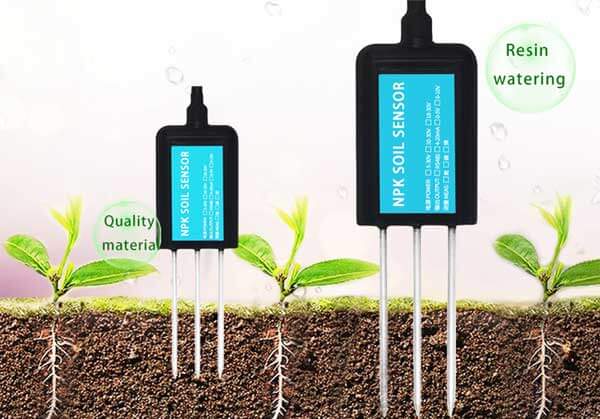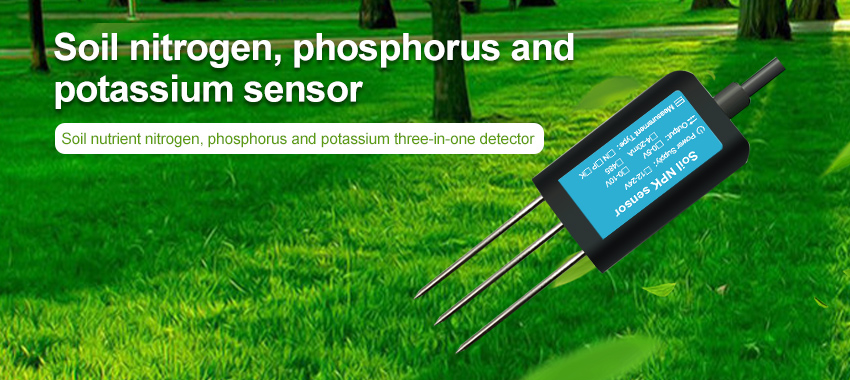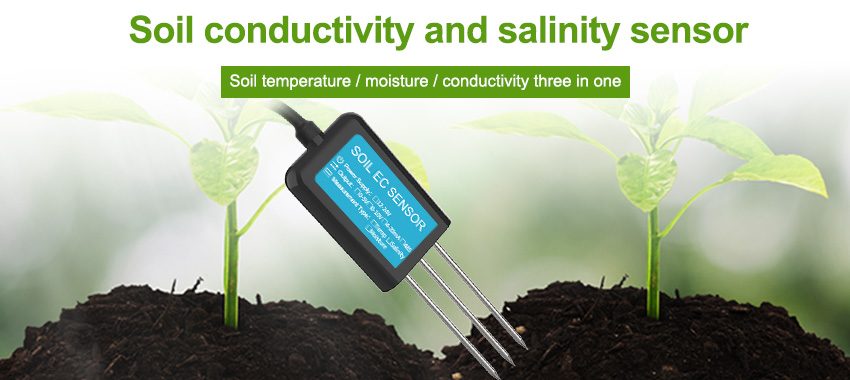Agriculture holds the key to feeding a growing global population, but it faces unprecedented challenges such as climate change, water scarcity, and diminishing arable land. To address these challenges and ensure sustainable food production, innovative technologies are being employed in modern agriculture. Soil sensors have emerged as a powerful tool in enhancing crop productivity and optimizing resource management. By providing real-time data on soil conditions, these sensors enable farmers to make informed decisions and implement precise farming practices. In this article, we will explore how soil sensors are unlocking the potential of agriculture by enhancing crop productivity.

Real-time Monitoring of Soil Parameters:
Soil sensors offer the capability to monitor critical soil parameters in real-time, including moisture content, temperature, pH levels, and nutrient concentrations. These sensors can be deployed directly in the field or integrated with irrigation systems, enabling continuous data collection. Real-time monitoring empowers farmers to have a comprehensive understanding of their soil conditions and make timely adjustments to optimize crop growth and health. By monitoring moisture levels, farmers can efficiently manage irrigation, avoiding under or over-watering, which can negatively impact crop yields. Similarly, by monitoring nutrient levels, farmers can apply fertilizers precisely, ensuring that crops receive the necessary nutrients for optimal growth.
Precision Nutrient Management:
A key factor in crop productivity is the availability and balance of essential nutrients in the soil. Soil sensors play a crucial role in precision nutrient management by providing accurate measurements of nutrient concentrations. This enables farmers to tailor their fertilizer applications according to the specific needs of each field. By knowing the precise nutrient requirements, farmers can avoid wasteful or inadequate fertilization, reducing costs and minimizing environmental pollution. With soil sensors, farmers can achieve optimal nutrient management, enhancing crop productivity while minimizing the negative impacts on water resources and ecosystem health.
Water Conservation and Irrigation Efficiency:
Water scarcity is a significant concern in agriculture, particularly in regions facing drought conditions. Soil sensors can contribute to water conservation and irrigation efficiency by providing real-time data on soil moisture levels. Farmers can use this information to schedule precise irrigation practices, applying water only when necessary. By avoiding over-irrigation, soil erosion can be minimized, and water resources can be conserved. Furthermore, soil sensors can assist in the optimization of irrigation systems, allowing for automated irrigation based on soil moisture thresholds. This not only saves water but also reduces energy consumption and labor costs.
Early Detection of Soil Issues:
Soil sensors enable early detection of soil issues that can affect crop productivity. By continuously monitoring soil conditions, farmers can quickly identify problems such as nutrient deficiencies, pH imbalances, or excessive salt accumulation. Early detection allows for prompt corrective measures, preventing long-term damage to crops. Additionally, soil sensors can detect variations in soil moisture levels across different areas of a field, highlighting potential drainage or irrigation issues. By addressing these problems early on, farmers can prevent yield losses and maximize crop productivity.
Data-driven Decision-making:
The data collected by soil sensors provides valuable insights for data-driven decision-making in agriculture. By integrating sensor data with other sources such as weather forecasts, satellite imagery, and crop modeling, farmers can gain a holistic view of their fields. Advanced data analytics can help identify patterns, correlations, and trends in the data, enabling farmers to make informed decisions regarding planting schedules, pest management strategies, and resource allocation. Data-driven decision-making enhances productivity, reduces risks, and optimizes resource utilization.

Environmental Sustainability:
Soil sensors contribute to environmental sustainability by promoting precision agriculture practices. By optimizing resource management, including irrigation, fertilization, and pesticide application, soil sensors reduce the risk of nutrient runoff, soil erosion, and water pollution. Precise nutrient management minimizes the use of fertilizers, reducing the release of greenhouse gases and nitrogen pollution. Furthermore, by avoiding excessive irrigation, water resources are conserved, and energy consumption is reduced. Soil sensors play a pivotal role in sustainable agriculture by enabling farmers to minimize their environmental impact while maximizing productivity.
Conclusion:
Soil sensors have emerged as a transformative technology in modern agriculture, unlocking the potential for
